12 things not to miss at Art Basel 2025
Art Basel is bigger and better than ever. Avoid overwhelm, follow our definite what-to-see guide at this year's event (19-22 June)

The art world is descending on Basel once again, and there's lots to see.
Alongside the presentations at the Messeplatz, Art Basel’s new Shop is a destination in itself, featuring a coveted limited edition of 100 porcelain Labubu by artist Kasing Lung, alongside exclusive drops including FC Basel’s artist-designed jersey, a Katharina Grosse capsule collection, Thomas Bayrle’s custom raincoat, a limited edition poster by Sasha Stiles, and rare prints by Daniel Arsham and Amoako Boafo.
Across the city, Jordan Wolfson challenges perception at Fondation Beyeler, while at Kunsthalle Basel, Lebanese-artist Dala Nasser traces the layered history of the Byzantine church of St. Christopher near Kabr Hiram in Qana. At Museum Tinguely, prepare to enter the surreal at Scream Machines, with a ghost train by Rebecca Moss and Augustin Rebetez, created in an anarchic tribute to Jean Tinguely’s Crocrodome, marking the centenary of the artist’s birth. In a modest house at Bannwartweg 39, an ambitious group exhibition titled Maison Clearing, organised by C L E A R I N G (NYC & LA), brings together standout contemporary artists, including Raffaela Naldi Rossano, Nicole Coson, and Supawich Weesapen. For a more contemplative encounter, don’t miss Lenz Geerk’s solo show lautlos at Domushaus, presented by MASSIMODECARLO – a quiet meditation on colour, interiority, and emotional stillness from the Basel-born painter.
12 things to see at Art Basel
Joyce Joumaa – Galerie Eli Kerr, Art Basel Statements
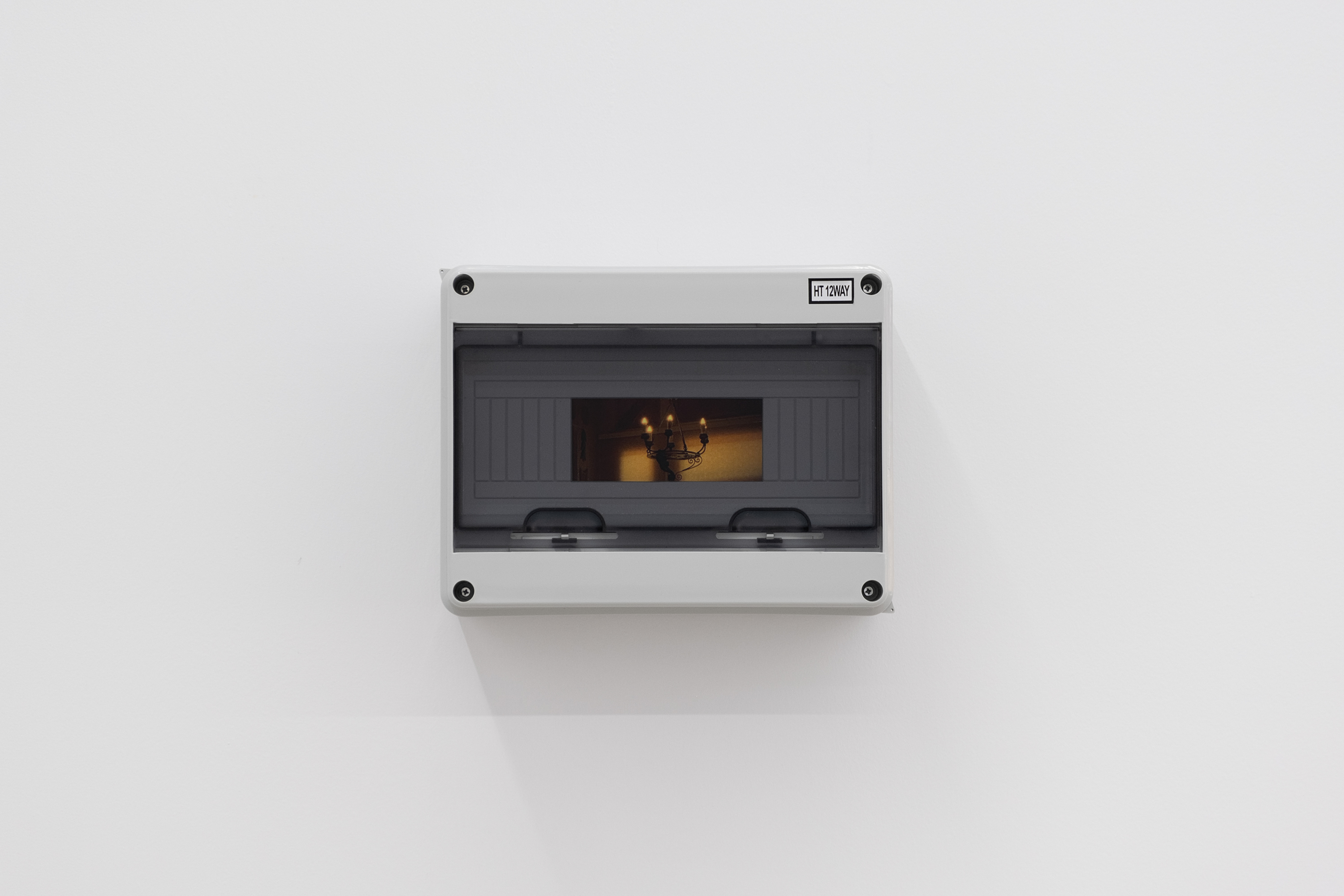
Hallab Bldg. Joyce Joumaa, 2024. Courtesy the artist and Eli Kerr
Timed to blink, dim, or fade in and out, the lights in Lebanese-artist Joyce Joumaa mirror’s the rhythm of the power grids — or lack thereof — across cities in Lebanon, where entire cities rely on shared generator schedules, makeshift solar setups, and the collective knowledge of when and where electricity might flow next. She transforms repurposed circuit breaker boxes arranged across the walls, and flickers with light, sometimes dim. Inside each box, hazy inkjet prints on vellum paper flicker in front of LED lights and electronic timers, their soft glow showing intimate glimpses of life — apartment interiors, rooftops, street corners — in Tripoli and Beirut.
The urgency of Joumaa’s work lies in its ability to materialise the invisible: to show us how power shortages don’t just mean living without light, it also reshapes space and autonomy. The installation presented by Eli Kerr at Art Basel Statements builds on themes from Joumaa’s critically acclaimed presentation at the Canadian Centre for Architecture and her inclusion in the 2024 Venice Biennale central exhibition.
Thomas Bayrle – neugerriemschneider, Art Basel Parcours
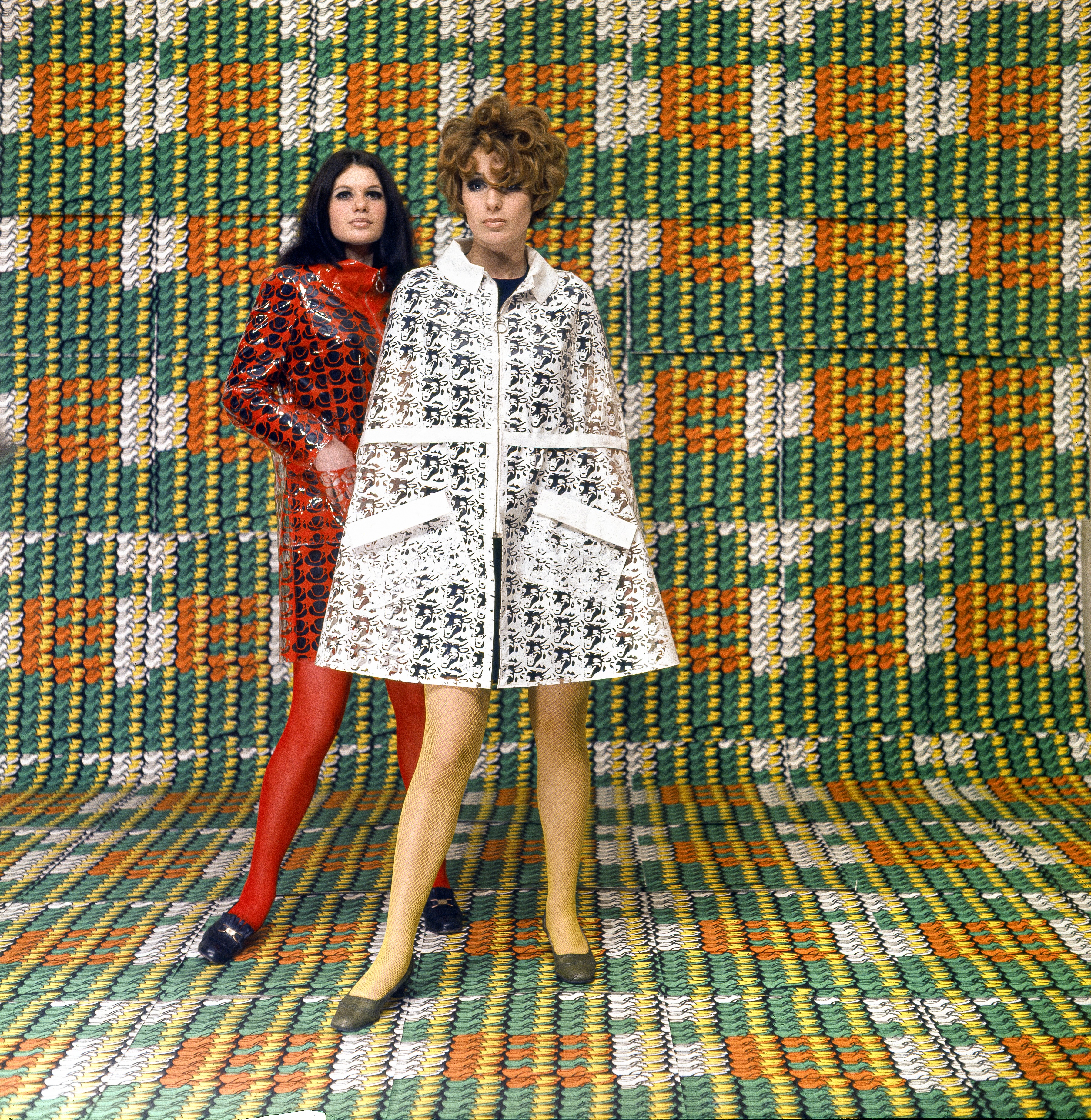
Known as one of Germany’s most influential pop artists, Thomas Bayrle’s 1960’s installation Coats will take place in the Manor department store in this year's Parcours, curated by Stefanie Hessler, Director at Swiss Institute New York. Using tools like the Jacquard loom and Xerox copier, Bayrle’s six-decade practice has bridged graphic design, mass production, and political critique.
First conceived in 1967–68, Coats brings together transparent raincoats printed with his iconic repeating patterns, displayed against walls wrapped in his signature superform wallpaper.
Receive our daily digest of inspiration, escapism and design stories from around the world direct to your inbox.
The Parcours presentation is part of a triple showing of Bayrle’s work across Basel, including a major new tapestry and painting at neugerriemschneider’s Art Basel booth and Chairman (1972) at Basel Social Club. Bayrle’s Parcours project is a rare opportunity to experience one of his earliest experiments with form, fashion, and the politics of production, ahead of his upcoming retrospective at the Kunstahalle Frankfurt in 2026
Alia Farid – Sfeir-Semler, Art Basel Unlimited
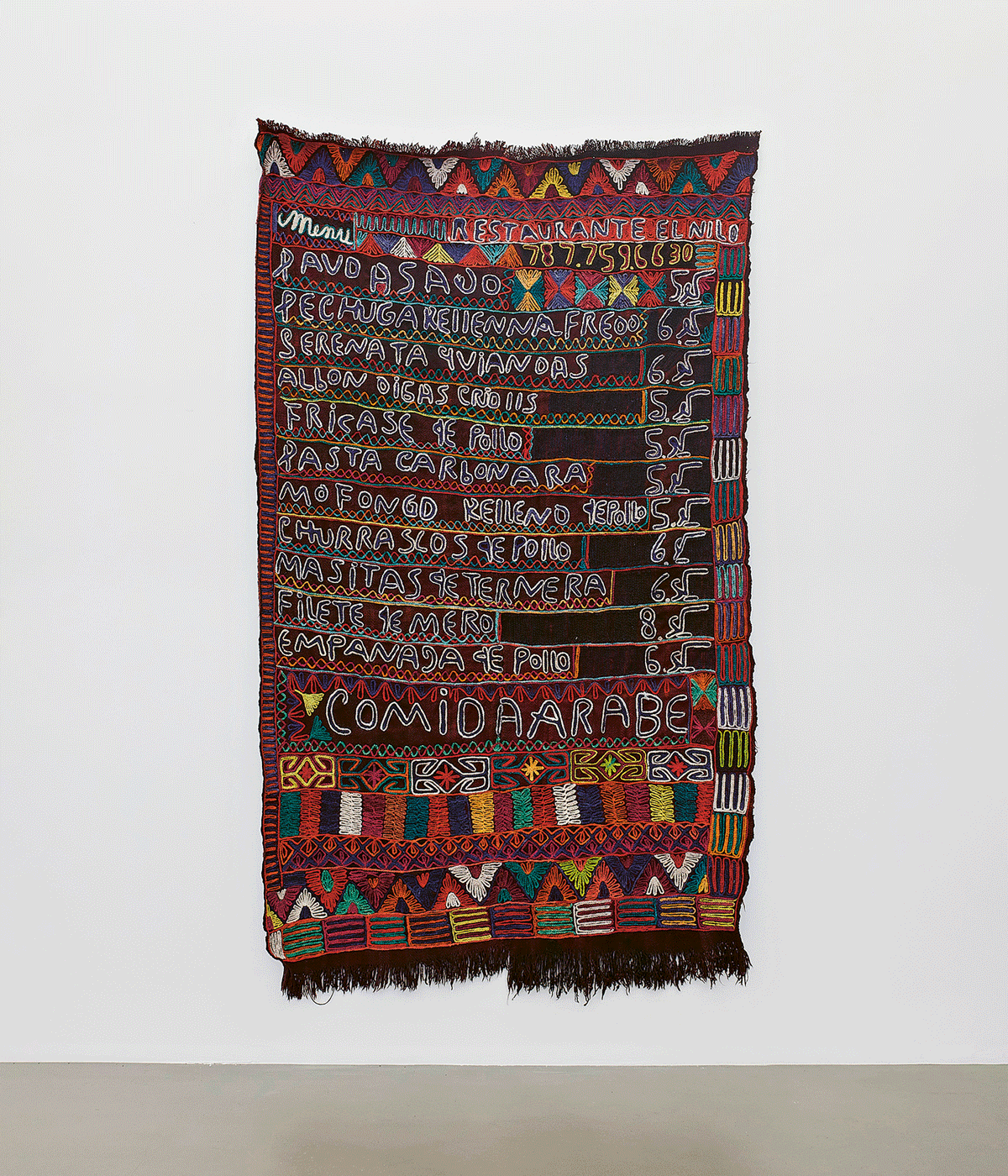
Elsewhere, is an urgent, visually stunning act of cultural memory and resistance. Sixteen large-scale embroidered rugs, made in close collaboration with weavers in Samawa, Iraq, maps Palestinian-owned pharmacies, mosques, Arabic menus and signage in Puerto Rico. Drawn from photographs, interviews, and archival research, Farid makes visible the complex networks of migration between the Middle East and Latin America.
The rugs blend flat weaving techniques with region-specific chain stitching. Textiles become an object that document craftsmanship, and resist erasure; telling stories that institutions often fail to hold. The series of rugs are part of a long-term project tracing Arab and South Asian migration across the Caribbean and Latin America.
Known for her cross-disciplinary practice spanning film, sculpture, and textiles, Farid’s work insists on visibility and on remembering what some histories choose to forget, revealing how stories erased by the Global North endure in everyday rituals, architecture, and material culture.
Bijoux Solaires – Suns.works, Basel Social Club
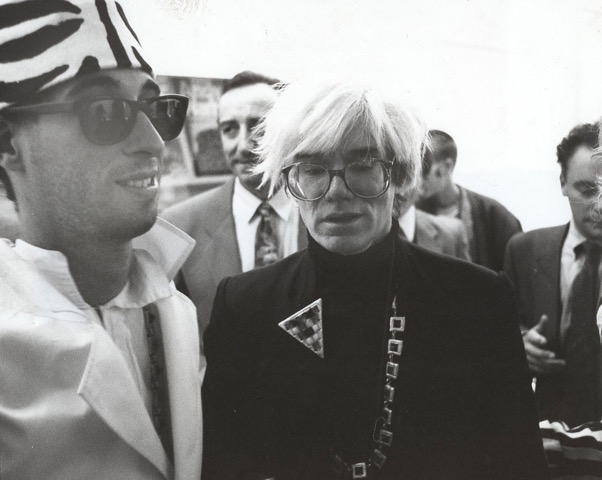
BillyBoy and Andy Warhol wearing the Joan of Arc Necklace by BillyBoy_ & Lala Bijoux Solaires
Held, as it usually is, in an unlikely venue, this year's Basel Social Club takes place in a Swiss bank vault on one of the oldest streets in historic Grossbasel. In one of the vaults, Suns.works orchestrates a glittering, transhistorical assembly of artists who have worked with jewellery as a sculptural form. Bijoux Solaires brings together rare pieces by Cinzia Ruggeri, BillyBoy*Zoé Mohm, Meret Oppenheim, and Fausto Melotti, treating jewellery not as adornment but as narrative device, aesthetic experiment, and political metaphor. BillyBoy*’s Surreal Bijoux, once worn by Warhol and embedded with televisual and occult motifs, gleams alongside Ruggeri’s wearable and ornate earrings and necklaces, and Oppenheim’s mytho-feminist objects. By framing these works within the context of postmodernism, esotericism, and countercultural fashion, Suns.works proposes jewellery as a form of micro-sculpture: portable, subversive, and intimate.
Alekos Fassianos – Herald St, Art Basel

© Alekos Fassianos. Courtesy of the artist and Herald St, London. Photo by Jack Elliot Edwards.
Alekos Fassianos’s figures are often likened to demigods, nearly always caught in the banal rituals of urban modernity, his characters wear suits, ride bicycles, and smoke cigarettes with the languor of epic heroes. His paintings bridge ancient iconography and contemporary life, as their flat bodies, delineated by bold lines and patterns, are stylised in a manner that it is clear to see his work from theatre sets and ceramics to furniture and poetry. Painted in vivid blues and bright reds, Fassianos is a seminal figure of postwar Greek modernism. Don't miss his paintings, which will be presented by Herald St in Art Basel, following the 2022 opening of the Alekos Fassianos Museum in Athens - housed in a building the artist designed - and the establishment of his estate, where a significant international reassessment is underway.
Katharina Grosse: CHOIR – Messeplatz Project

Katharina Grosse, 2024. Photograph: Franz Grünewald
It will be impossible to miss the sweeping fields of pink that overtake Basel’s Messeplatz this Art Basel. A bold new commission by Katharina Grosse transforms the spacious area at the heart of what’s known as Kleinbasel in little Basel into an chromatic colour field landscape. Titled CHOIR and curated by Natalia Grabowska, curator at Serpentine in London, the project continues Grosse’s rethinking of scale, gesture, and public space, extending her ambition to, in her own words, 'paint the world.' Her tool of choice is an industrial spray gun that floods colour pigment to architecture, ground, and atmosphere alike. 'Colour becomes anarchic,' she explains. 'It allows me to fight categorisations... to turn reality into something entirely liquid.'
In CHOIR, colour becomes not merely a surface treatment but a performative act: as Grosse’s work positions colour as a carrier of sensory and spiritual intensity. Unlike her artist predecessors such as Rothko, or af Klimt who explored expansive colour fields in their work, Grosse’s colour doesn’t transcend the world, rather it overruns it. Her pink pigment seeps into the architecture of the city, refusing containment and redefining the Messeplatz as a living, liquid space to encounter. In a time when public space is increasingly commodified and surveilled, Grosse’s chromatic intervention stages an abstract but pointed reimagination of the commons, becoming a porous threshold where pigment reclaims territory.
Alexandra Metcalf – Ginny on Frederick, Art Basel Statements
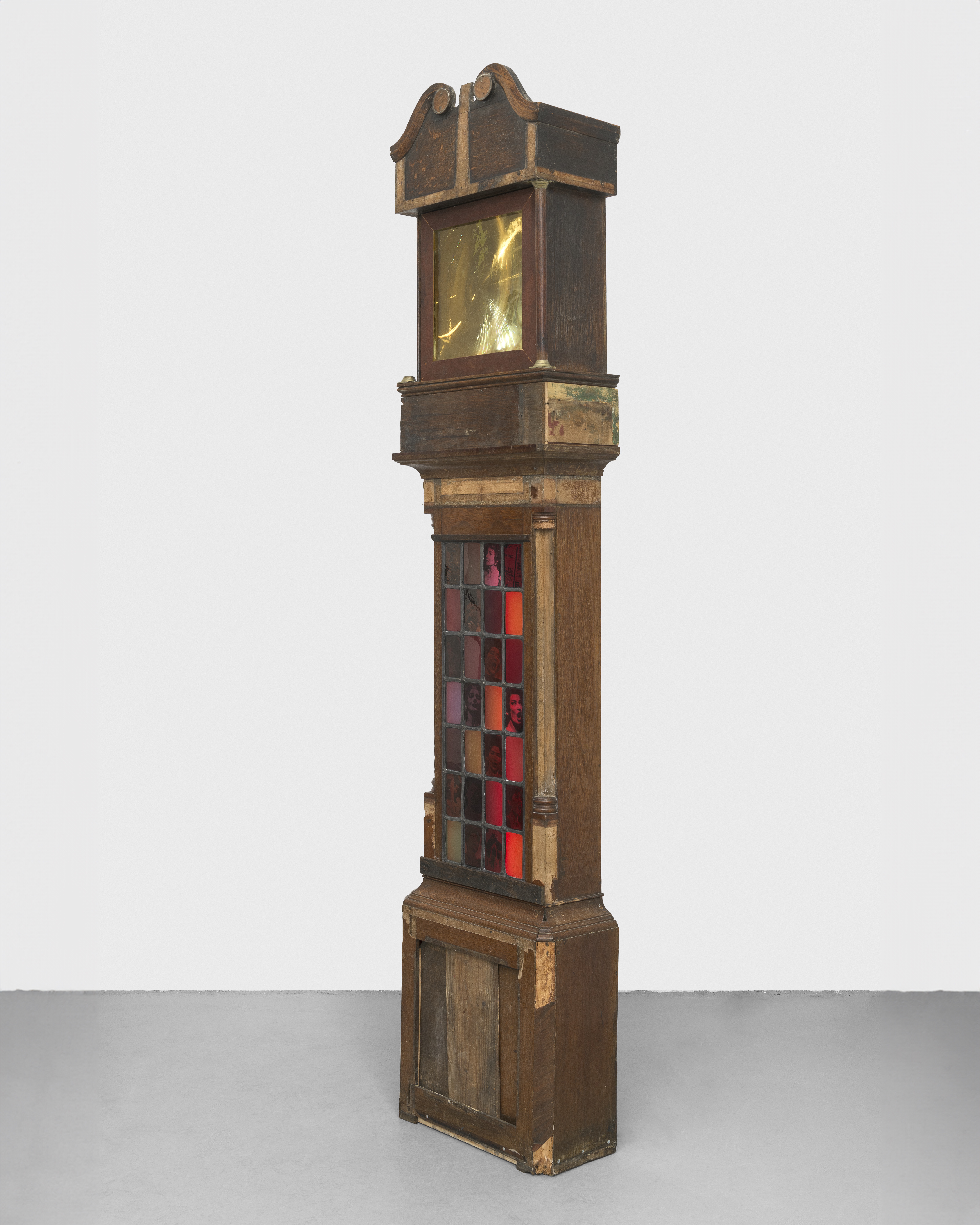
Antique grandfather clocks stand like fractured monuments in Alexandra Metcalf’s Assembly, presented with Ginny on Frederick at Art Basel Statements. The clocks have been reconfigured: some illuminate stained glass panels (sourced from the same supplier as that used in London’s Big Ben), others frame enigmatic interior scenes of a receding room with checkerboard floors, as a stairway vanishes into darkness, while others appear disassembled, pierced by oversized sewing pins that oscillate between violence and repair.
Time is deliberately destabilised in Assembly, as it loops, hesitates, and falters in sync with Elizabeth Grosz’s conception of the volatile body (a body in excess of regulation, marked by fluidity, contradiction, and potentiality). Metcalf’s labour-intensive practice aims to expose and aestheticise the internal mechanisms of these clocks, in turn, reimagining their intricate workings as analogues for the historically regulated female body; a body subject to silence and systemic control. The result is a series of objects that refuse linear reading of time and history, instead favouring cyclical ruptures and embodied memory.
Metcalf is rapidly emerging as one of the most compelling artists on the international stage. Fresh from a newly opened institutional show at The Perimeter in London, her recent exhibitions have taken place internationally, including at N/A in Seoul, Linseed in Shanghai, Kunsthalle Zürich, Champ Lacombe in Biarritz, and 15 Orient in New York.
Elif Saydam – Franz Kaka, Art Basel Statements

Opulently decorated doors — two authentic Art Deco toilet stall doors and one illusionistic trompe-l’oeil painting — are central to Elif Saydam’s dissonant installation with Franz Kaka at Art Basel Statements. Drawing from the visual language of Persian miniature painting and referencing texts like Jami’s Haft Awrang, the doors are framed as an allegory of capitalism’s bait-and-switch logic. Aiming to collapse the ornamental with the conceptual, Saydam is interested in Lauren Berlant’s theory of 'cruel optimism' to unmask the toxic allure of the so-called 'good life.' The doors, poised between Camp and devotional craftsmanship, are portals to nowhere, evoking both absurdist game shows and the architecture of gendered categorisation. Exit signs flicker with iconographies, erotic fragments, and veiled citations. Saydam studied at Frankfurt’s Städelschule and Montreal’s Concordia, an artistic education that has informed a practice that is as theoretically robust as it is formally seductive.
Arturo Kameya – GRIMM, Art Basel Statements
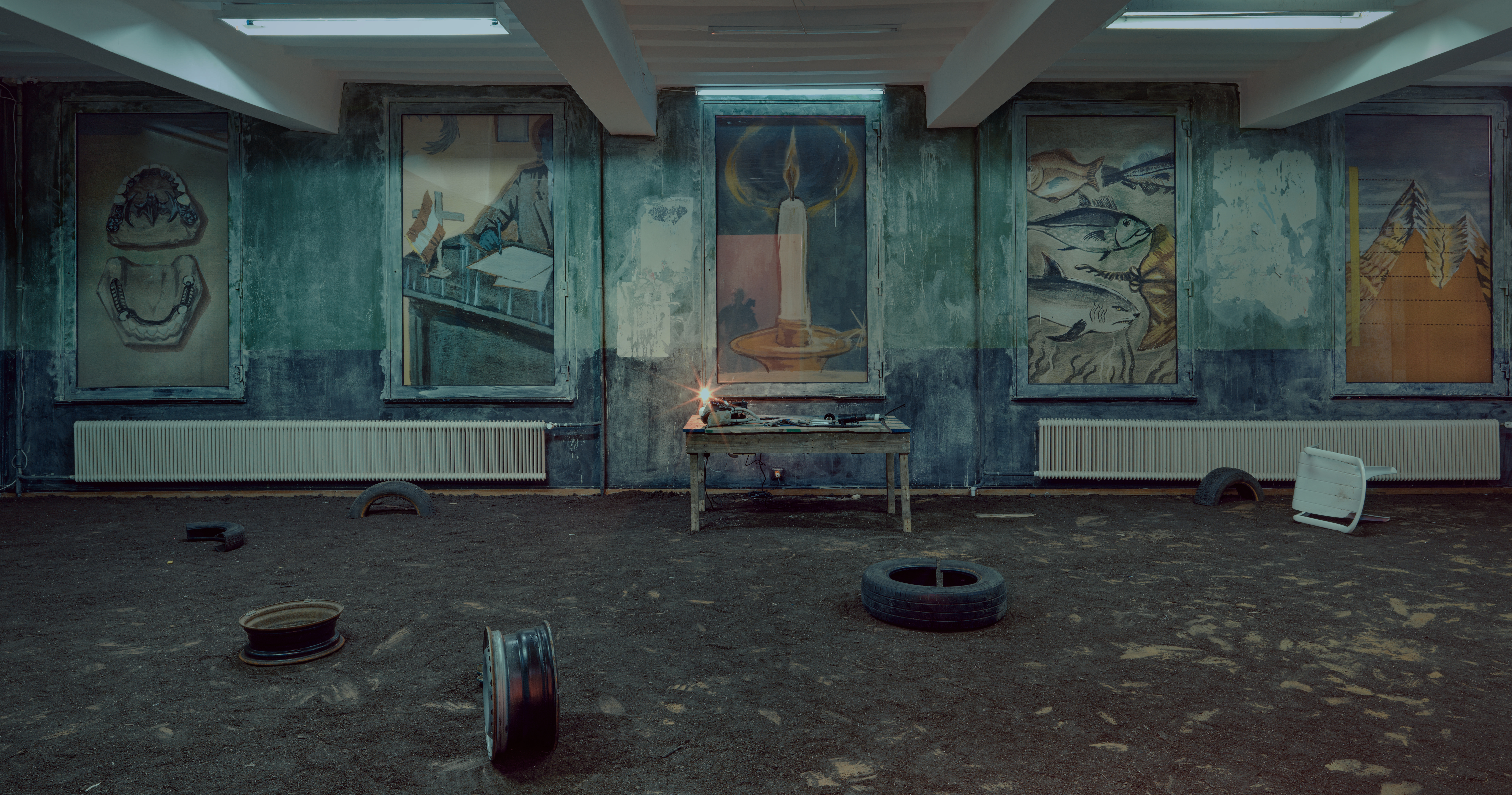
Installation view of Arturo Kameya: Opaque Spirits Marres, House for Contemporary Culture, Maastricht (NL), 2024
Peruvian artist, Arturo Kameya work revolves around the narratives and myths that comprise different versions of socio-political history of Peru, and at Statements, Kameya examines the use of physical education in 20th century Peru as a tool of assimilation and control, designed by elites to instill bourgeois values under the guise of national progress. The walls are painted in institutional greens and dusty ochres, evoking the worn surfaces of mid-century educational buildings. Objects, from bleachers, gym equipment, faded murals, form a kind of theatrical mise-en-scène that draws heavily on the visual codes of state-run schools across Peru: with weathered linoleum floors, peeling paint, didactic posters, and surveillance-like repetition of nationalist motifs.
In Kameya’s richly layered paintings, figures appear spectral, blurred at the edges or flattened into diagrammatic forms, and always on the verge of disappearing. Iconography drawn from personal and public archives sits alongside images of indigenous rituals and colonial allegories.
Evangeline Turner – a.SQUIRE, Liste

Evangeline Turner Sofa, 2025
One of the most compelling emerging artists in London’s art scene, Evangeline Turner has quickly made a name for herself. Her paintings, presented by a.SQUIRE at Liste, splice the English pictorial tradition with surreal domestic tableaux that bristle with quiet unease. Her canvases fracture space and time; in one painting, dismembered heads hang like pendulums from a door lock. Turner’s paintings call upon a lineage stretching from early 20th-century abstraction to post-Brexit psycho-geography. Referencing Mondrian-like compositional rigidity, her work plays with perspective and moral allegory. Turner’s paintings feel haunted by their own ancestry – entangled in post-imperial disillusionment, droll humour, and theological motifs. A musician as well as a painter, she plays in a rock band, a detail that echoes the performative flair in her work. Her fusion of dandyism, absurdity, and sincerity marks her as a singular voice in the resurgence of figurative oil painting.
Rhea Dillon – Soft Opening, Art Basel Statements

Rhea Dillon, carried on the spirit air., 2024. Courtesy of the artist and Soft Opening, London. Photography Paul Salveson
Corroded and fragile, Rhea Dillon’s sculptural installation at Art Basel Statements, presented by Soft Opening, confronts the lingering aftershocks of colonialism through disfigured glassware boxed in sapele mahogany vitrines. The vitrines don’t just frame the objects, they evoke the aesthetics of museum cabinets while destabilising their authority. The result is a powerful meditation on preservation, erasure, and resistance.
Dillon is an artist, poet, and writer and builds upon a language of absence in her practice. Her sculptural forms appear weathered yet beautifully preserved, revered as a semi-reliquary in their cabinets. They are part of a history that refuses to be silenced and settled.
Rooted in Black feminist thought and Caribbean material culture, Dillon’s practice abstracts diasporic histories into minimalist, affective forms. In her acclaimed 2023 solo exhibition at Tate Britain, An Alterable Terrain, she examined how the Black female body has been encoded, commodified, and staged throughout history. In Basel, that inquiry intensified, crystallising around materials loaded with colonial memory, from glass, soil, and molasses, each a residue of trade, extraction, and displacement. Dillon’s work invites a slow, embodied encounter with the objects before you. It’s a study in how violence inscribes itself into the material world, and how that material world might still speak back.
Sacha Kanah – Clima, Liste
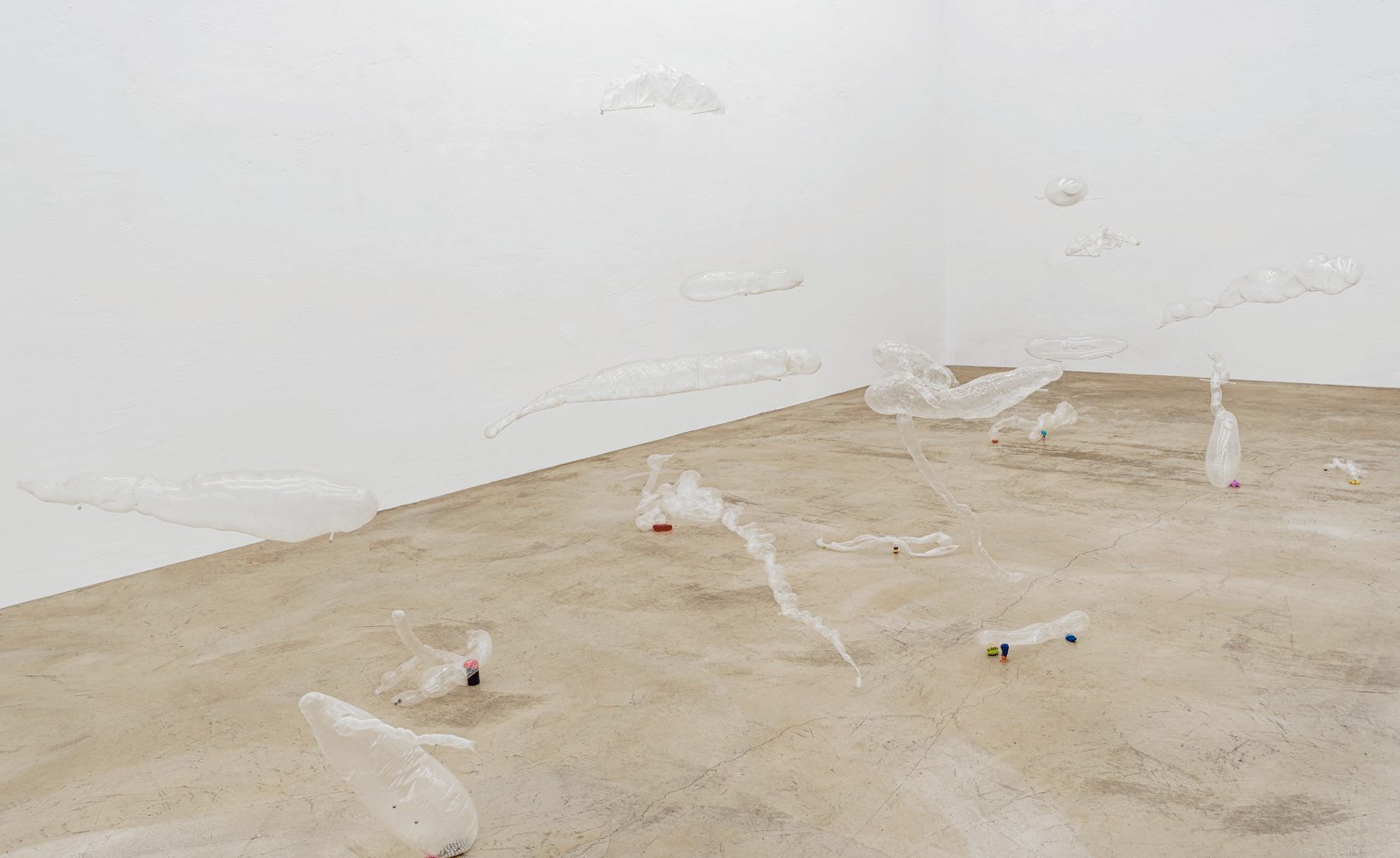
In Until Soon, Italian artist Sacha Kanah has created seemingly transparent forms that you might miss on first glance. Looking more closely, these are a living mold from which all life originates. The quietly immersive installation of nearly transparent sculptures that seem to float, flicker, and dissolve into space. Some are suspended mid-air, tracing invisible currents with their weightless forms; others rest on scattered children's toys.
The sculptures are made from kelp membranes shaped by the chemical and physical properties of water. This ongoing project explores how organic matter might evolve and occupy space beyond traditional ideas of permanence.
Presented at the height of their growth process, these delicate forms blur the line between material and immaterial, echoing themes of transformation, memory, and the ephemeral nature of bodies in space. Originally shown at Clima in Milan (2024) for Kanah’s solo exhibition Sleep Starts, the work continues to evolve as a meditation on the origins and future of life itself.
Art Basel runs from 19 - 22 June 2025.
Sofia Hallström is a Sweden-born artist and culture writer who has contributed to publications including Frieze, AnOther and The Face, among others.
-
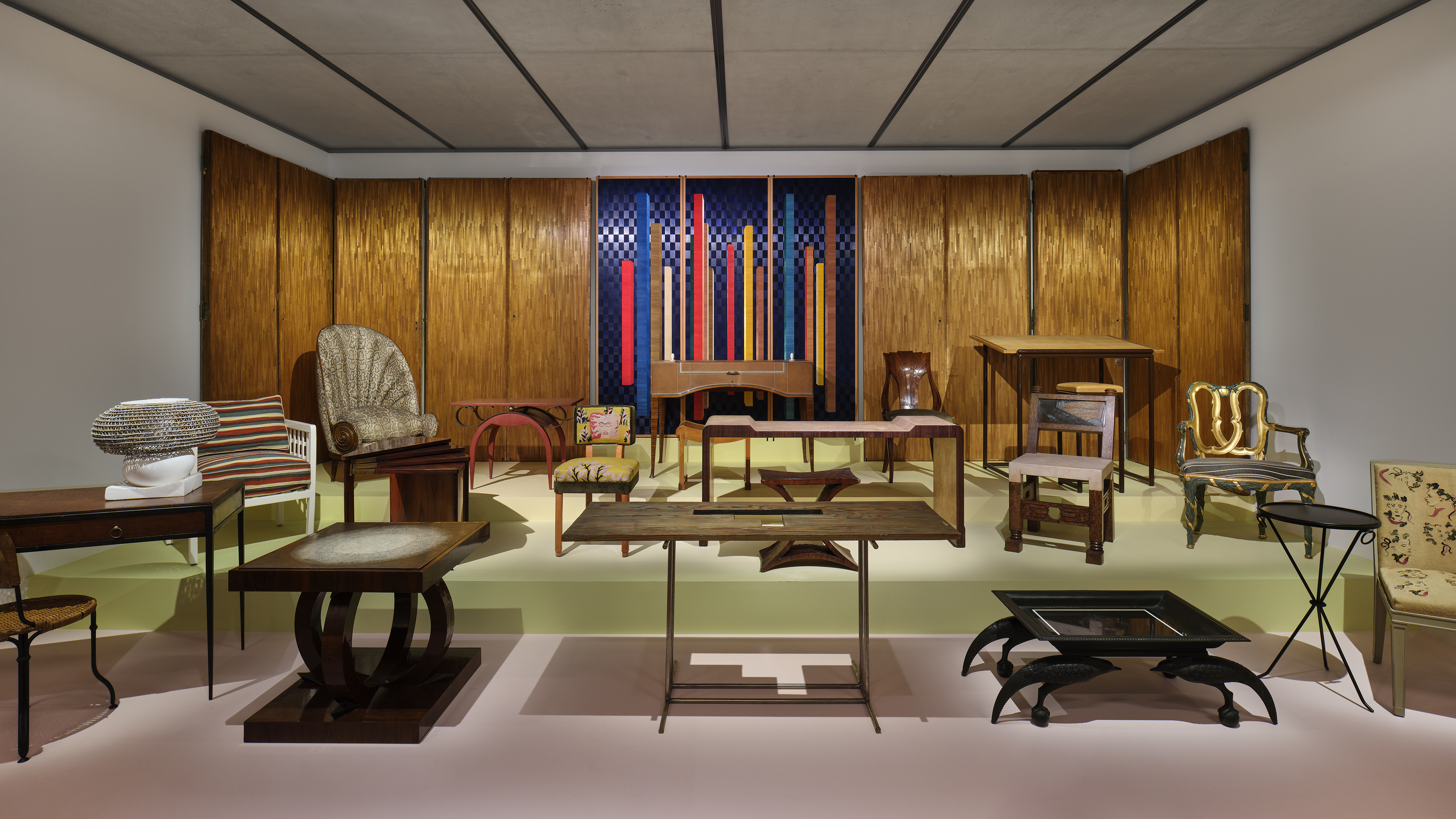 Art Deco's centenary is honoured with a grand exhibition in Paris
Art Deco's centenary is honoured with a grand exhibition in ParisTo mark 100 years of Art Deco, the Musée des Arts Décoratifs in Paris is holding a retrospective that includes furniture, tableware, clothing, jewellery and objets d’art (on view until 26 April 2026)
-
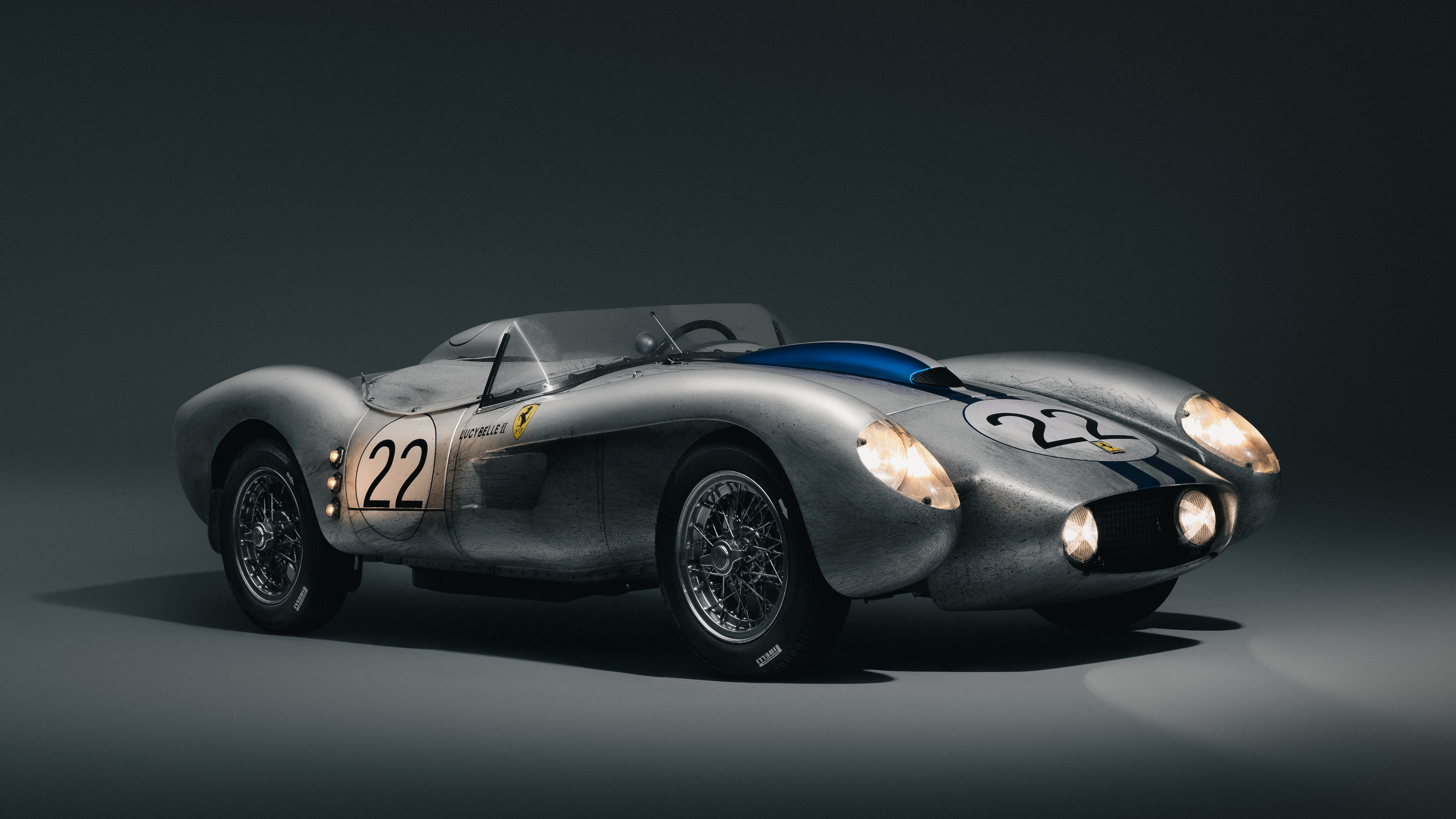 ‘Lucybelle II’ is a small scale homage to an iconic racing Ferrari, created by Hedley Studios
‘Lucybelle II’ is a small scale homage to an iconic racing Ferrari, created by Hedley StudiosHedley Studio has shaped an exacting 75% scale replica of the 1958 Ferrari Testa Rossa J ‘Lucybelle II’, complete with track-worn patina
-
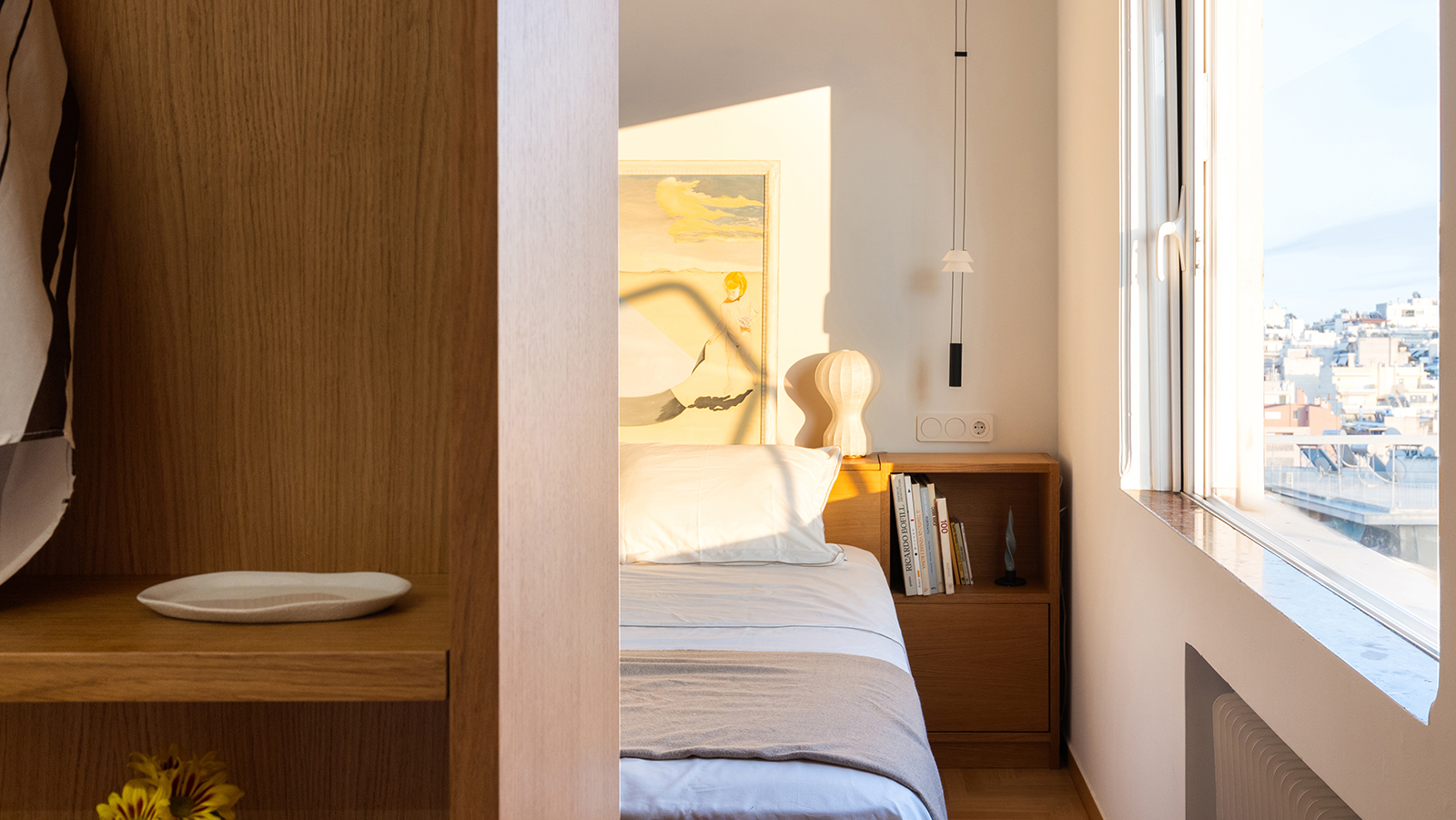 Explore a refreshed Athens apartment full of quirk and midcentury character
Explore a refreshed Athens apartment full of quirk and midcentury characterA 1960s Athens apartment is revived by architects Aspassia Mitropapa and Christina Iliopoulou, who elegantly brought its midcentury appeal to the 21st century
-
 Ten things to see and do at Art Basel Paris 2025
Ten things to see and do at Art Basel Paris 2025Art Basel Paris takes over the city from 24-26 October. Here are the highlights, from Elmgreen & Dragset to Barbara Kruger and Dash Snow
-
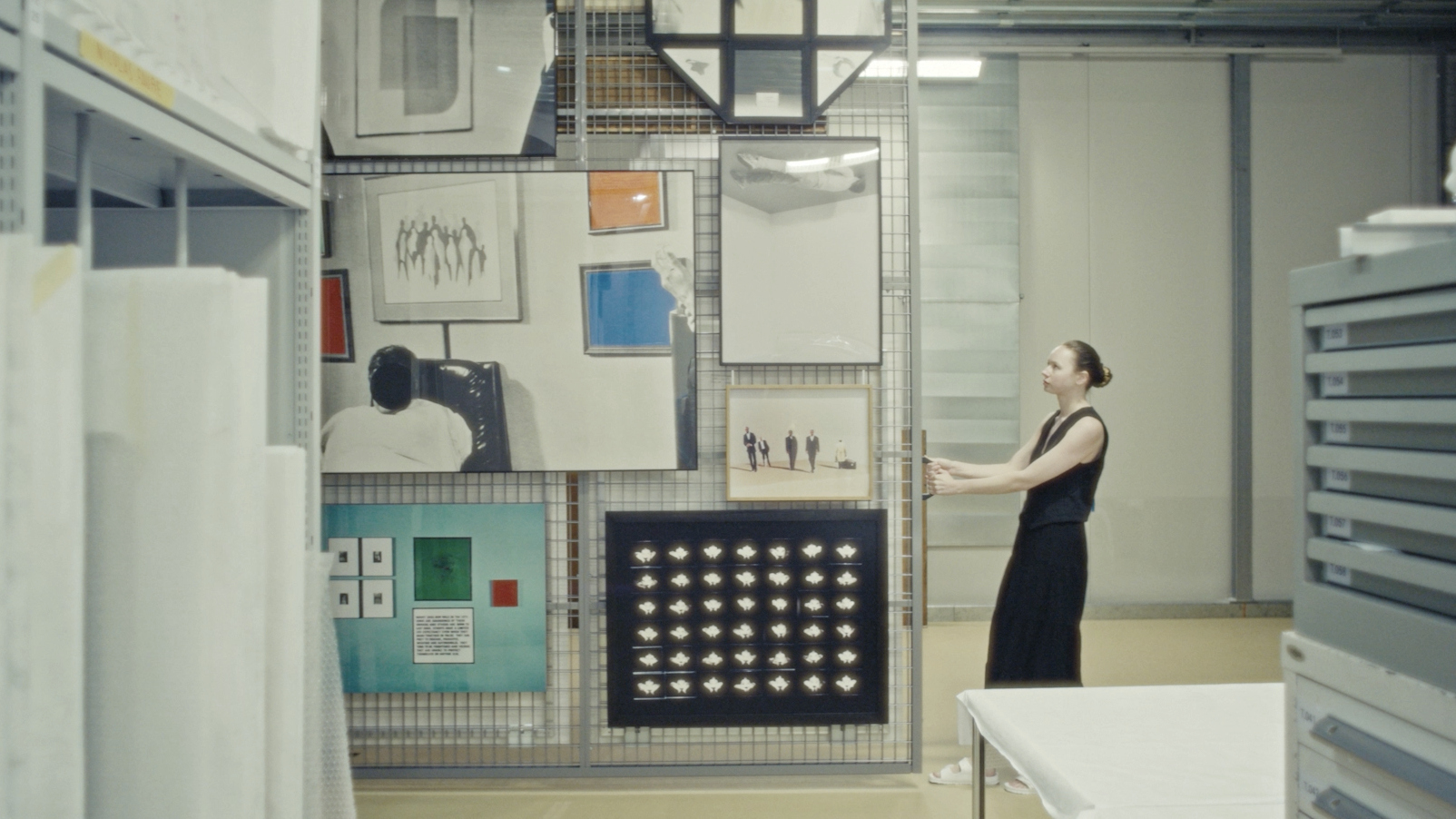 What to see at Switzerland’s art museums this autumn and winter
What to see at Switzerland’s art museums this autumn and winterWorld-class art, design and photography await at 11 Swiss museums. Take a video tour to peek inside, then plan your trip with our guide to the best exhibitions to see now and into 2026
-
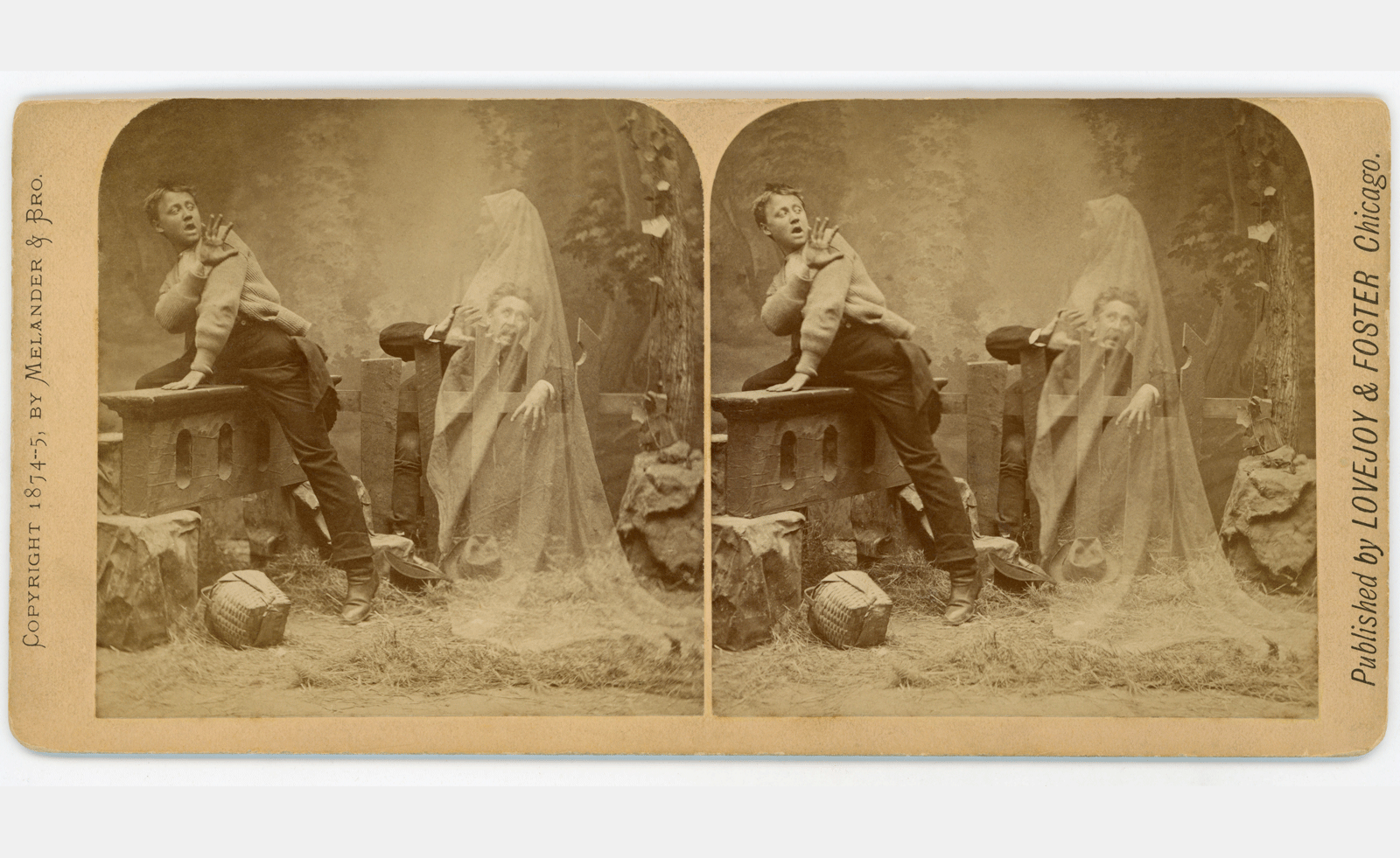 Why are we so obsessed with ghosts? From the psychological to the gothic, a new exhibition finds out
Why are we so obsessed with ghosts? From the psychological to the gothic, a new exhibition finds outGhosts have terrified us for centuries. ‘Ghosts: Visualizing the Supernatural’ at Kunstmuseum Basel asks what is going on
-
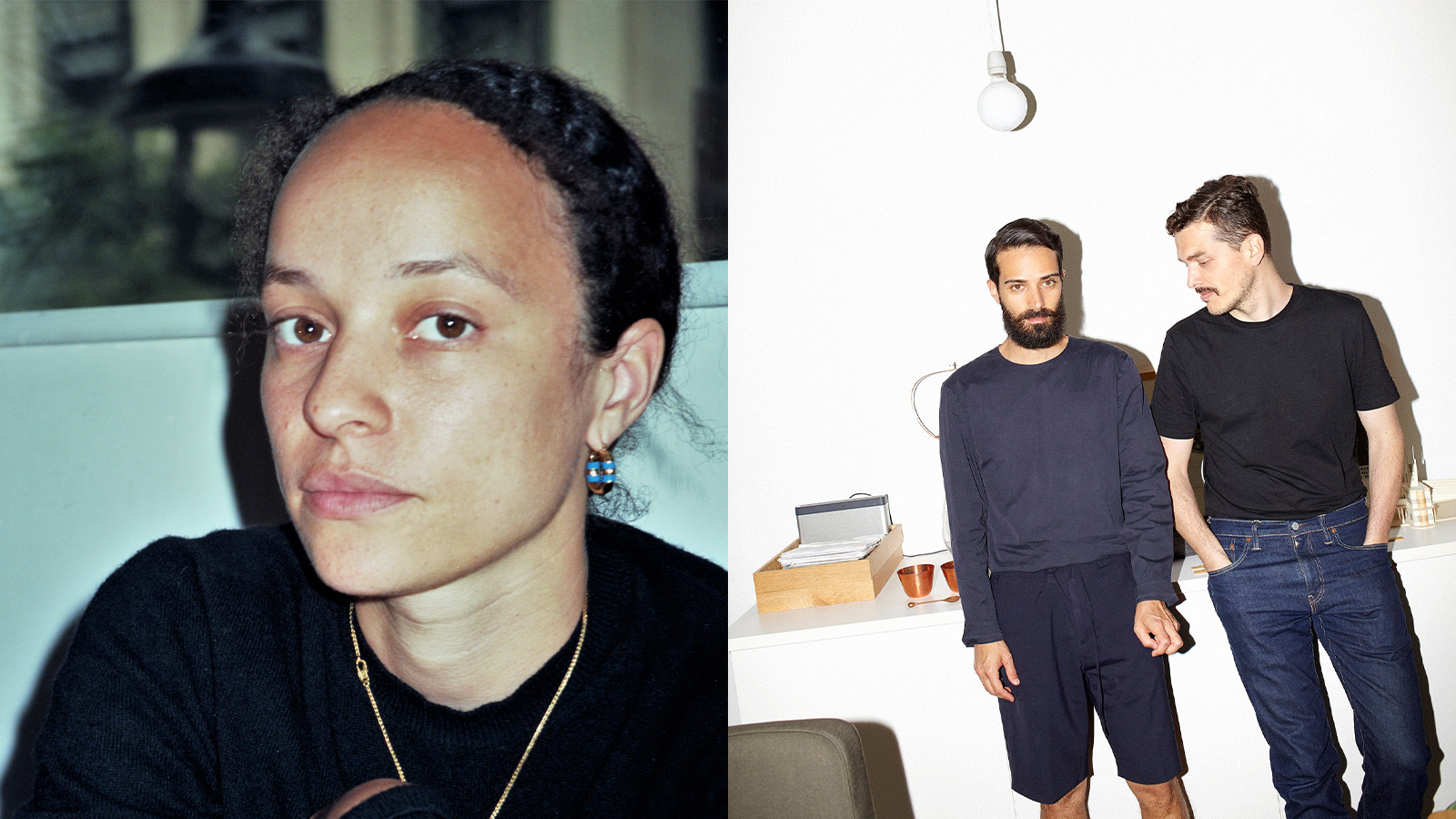 Meet the Art Basel Awards 2025 winners
Meet the Art Basel Awards 2025 winnersThe inaugural Art Basel Awards 2025 winners have been announced, celebrating a wide array of artistic practices shaping the future of art
-
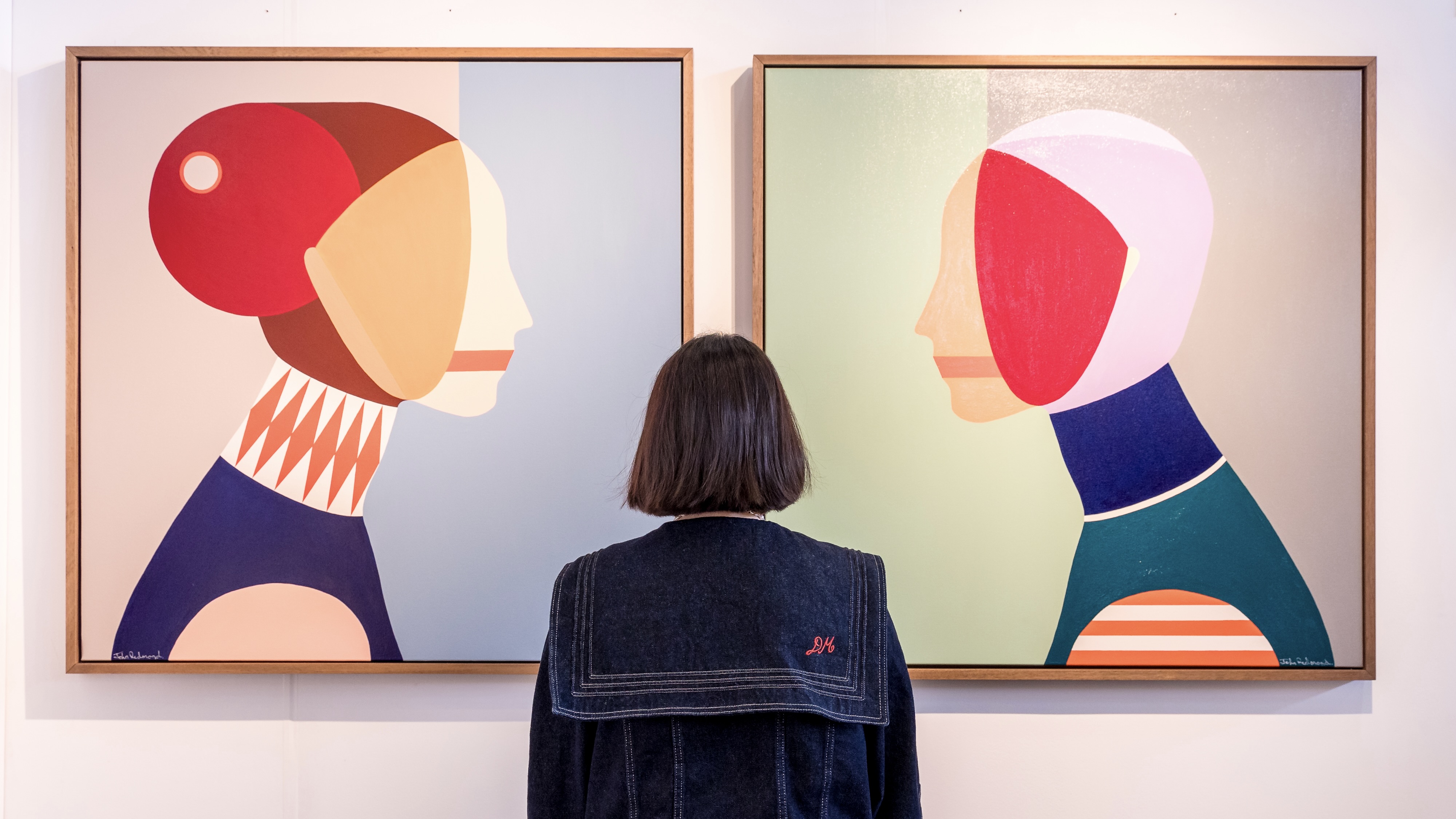 The alternative art fairs championing emerging artists
The alternative art fairs championing emerging artistsThe lower barrier to entry to these smaller and specialist art fairs make them hubs of grassroots creativity, allowing emerging names to establish a foothold in the industry
-
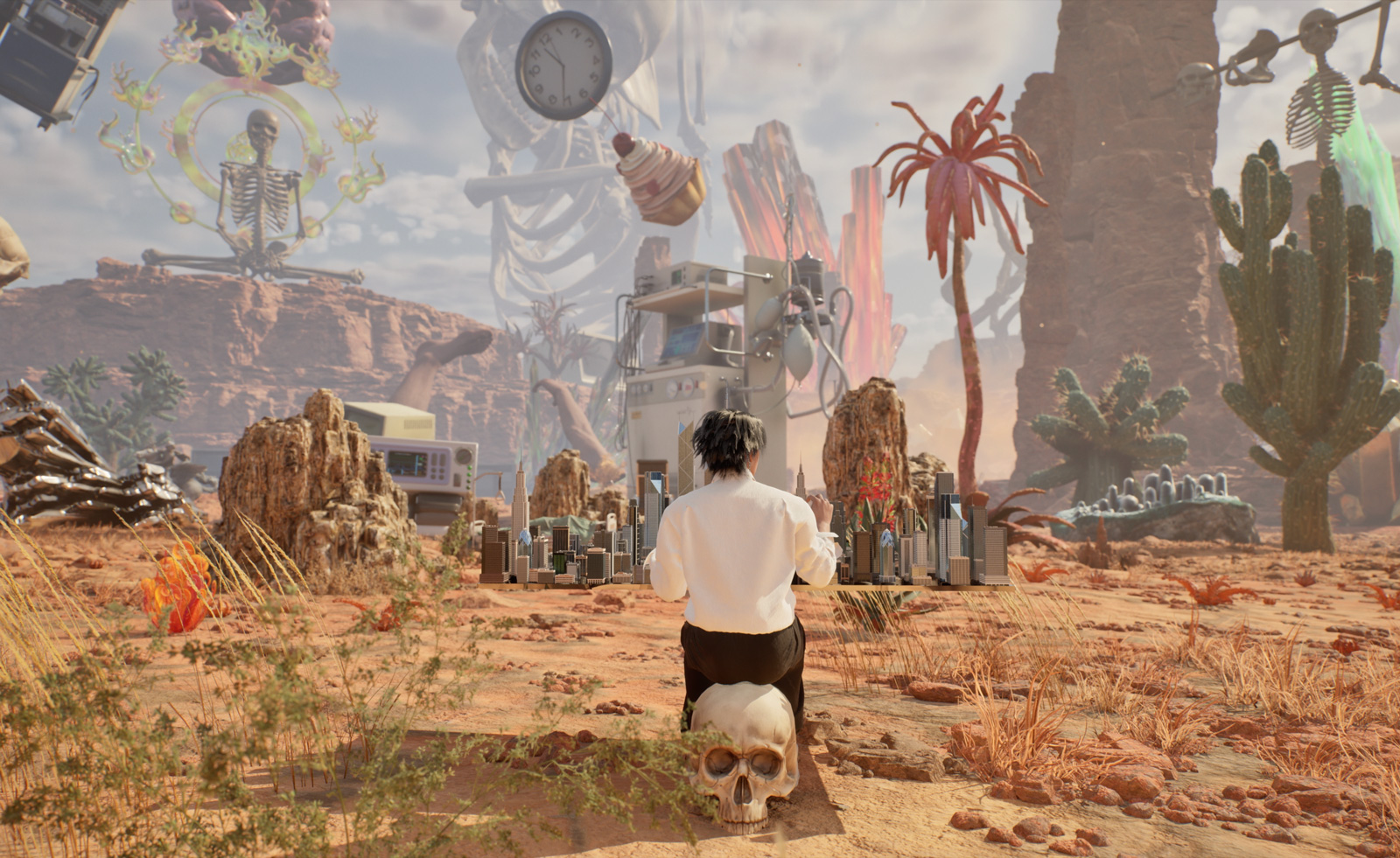 Don’t miss these five artists at Art Basel Hong Kong
Don’t miss these five artists at Art Basel Hong KongArt Basel Hong Kong – the glittering intersection of European curatorial expertise and Asia's money-fuelled art swagger – returns for its 2025 edition
-
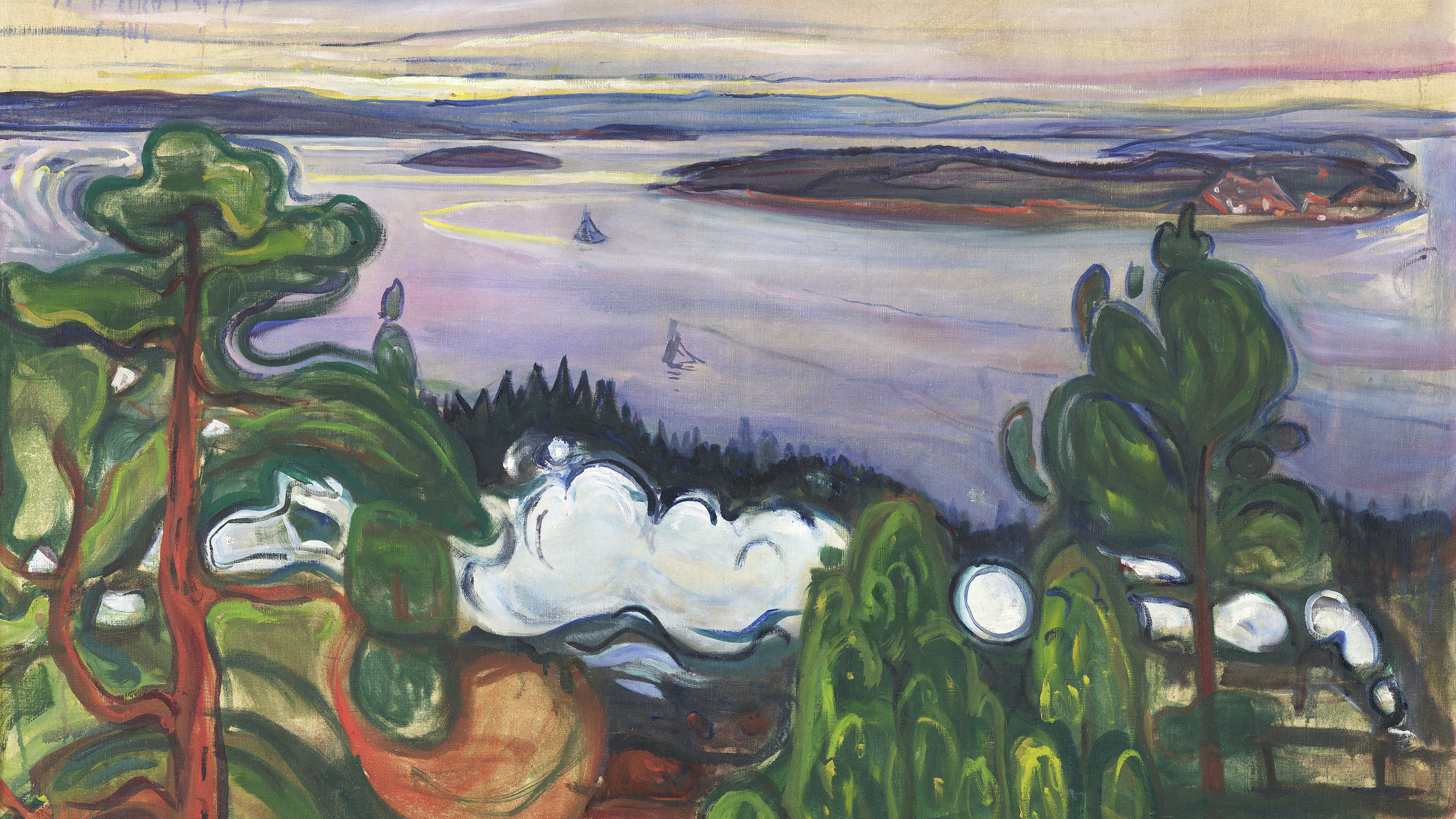 Switzerland’s best art exhibitions to see in 2025
Switzerland’s best art exhibitions to see in 2025Art fans, here’s your bucket list of the standout exhibitions to see in Switzerland in 2025, exploring compelling themes and diverse media
-
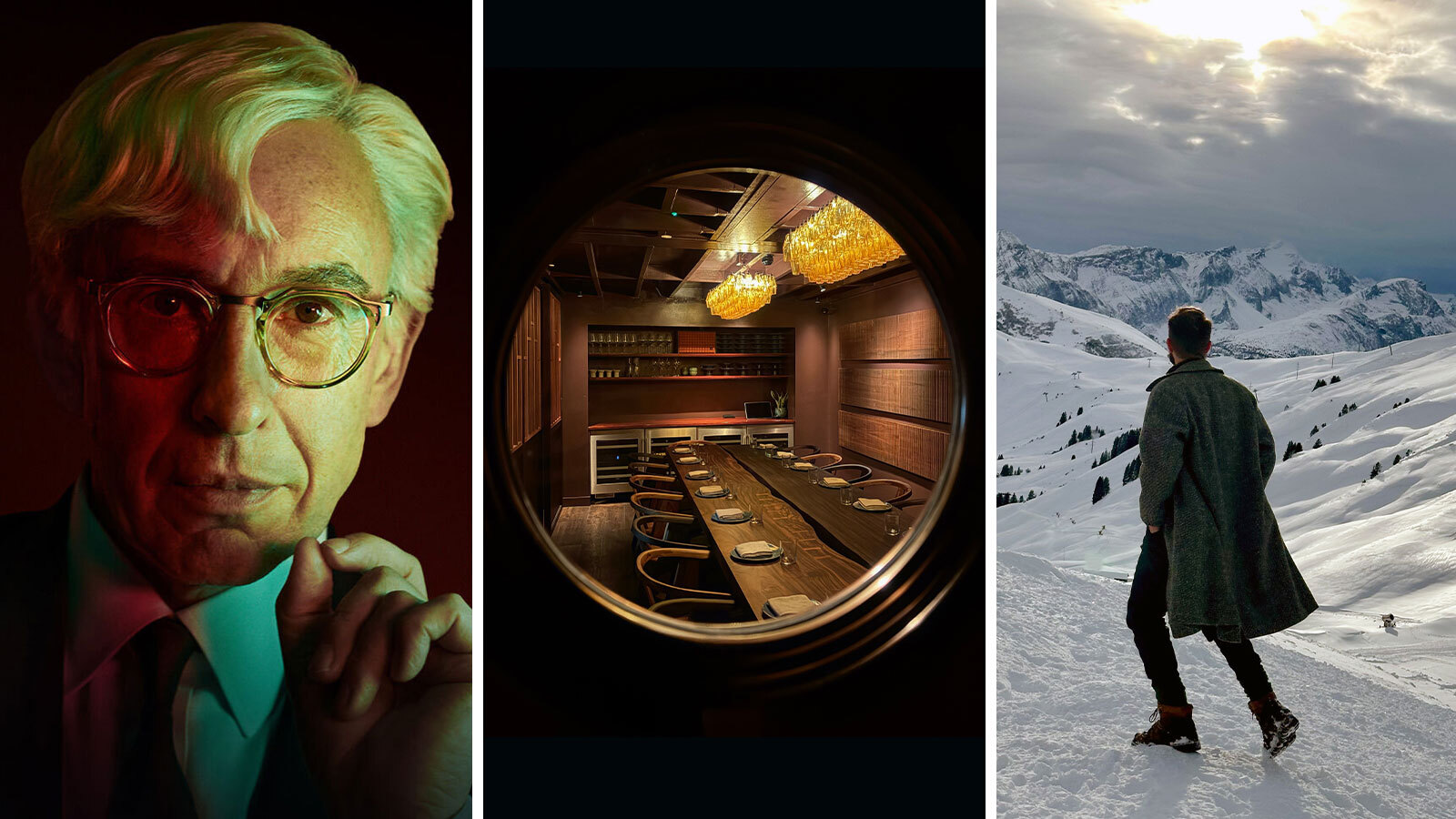 Out of office: what the Wallpaper* editors have been doing this week
Out of office: what the Wallpaper* editors have been doing this weekA snowy Swiss Alpine sleepover, a design book fest in Milan, and a night with Steve Coogan in London – our editors' out-of-hours adventures this week